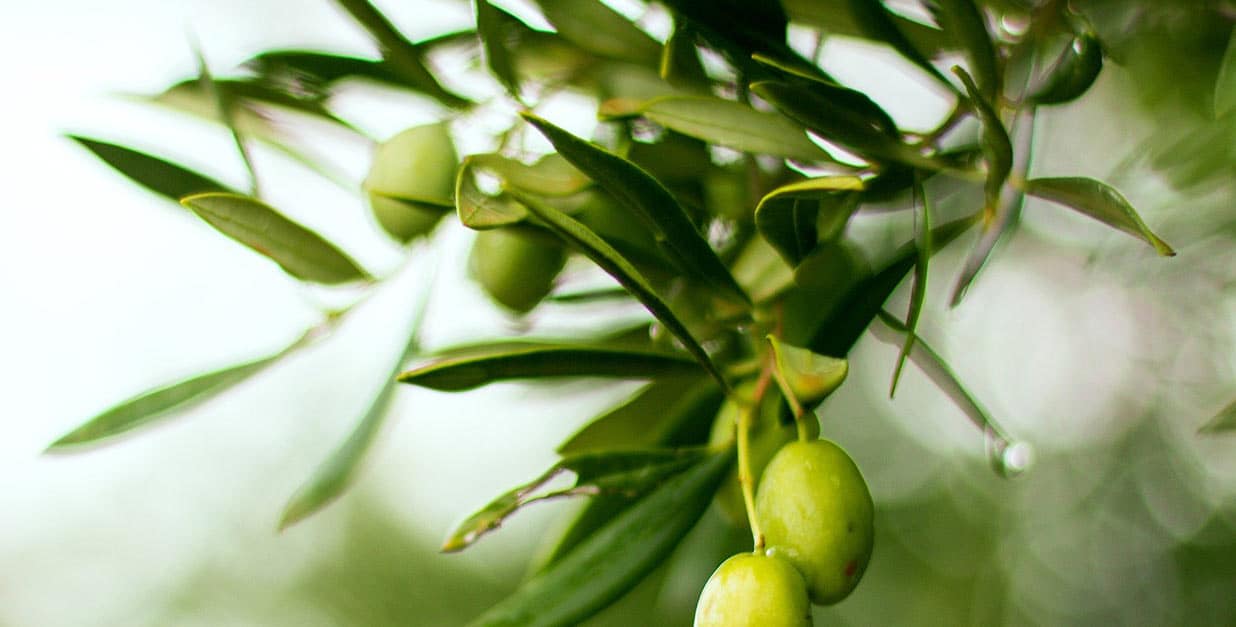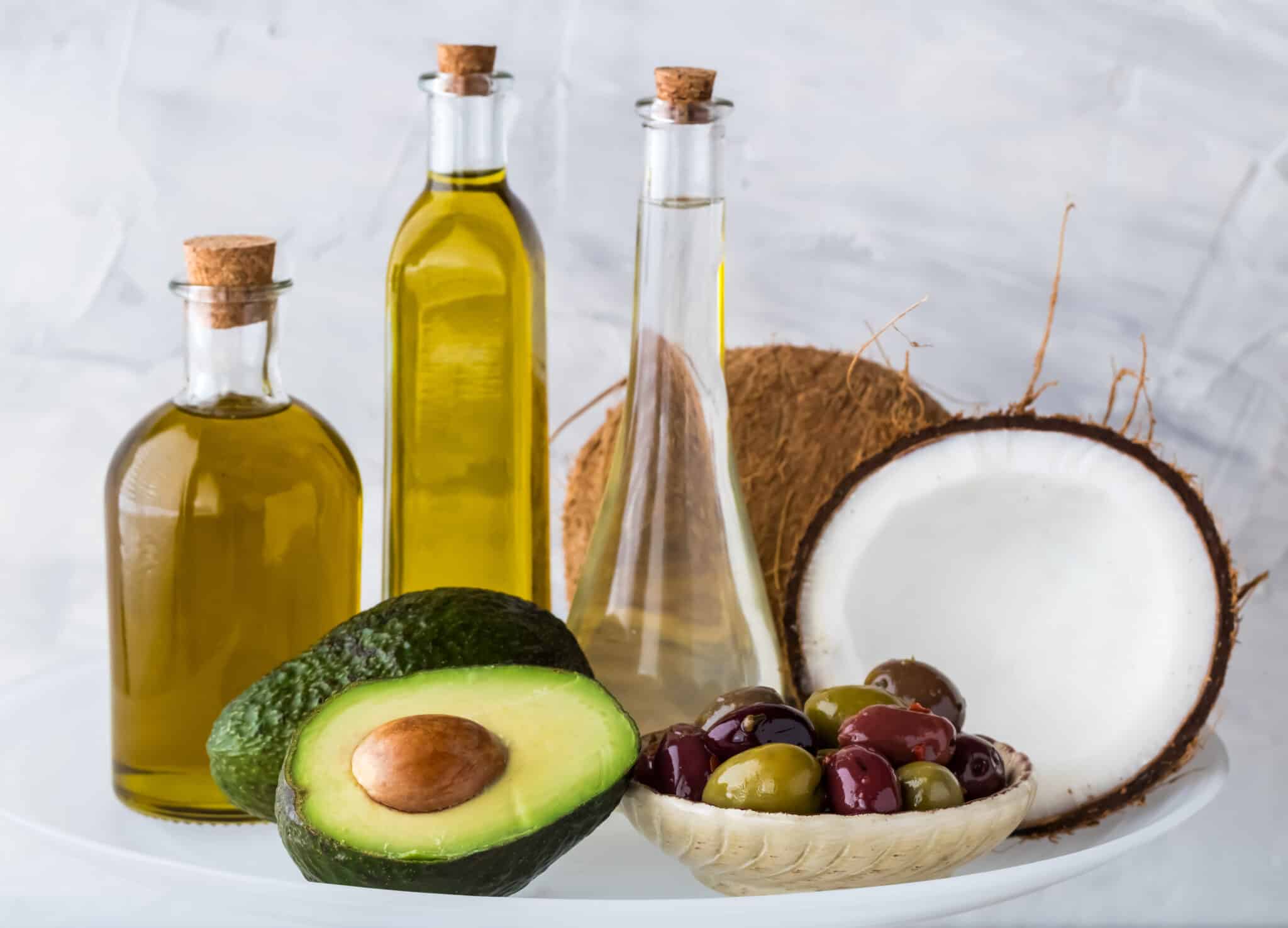Much has been written about olive oil, its taste, production techniques, nutritional qualities, history, and more. In this post, we aim to bring you 14 easily digestible bytes of information on olive oil, naming well-founded and scientifically-proven facts alongside historical anecdotes, nutritional and health information, and we even delve into the realm of celebrity gossip. In fact, “14 interesting facts and anecdotes about olive oil” may be a more suitable title. We hope you enjoy our carefully prepared list of 14 facts and anecdotes about olive oil.
Fact #1. The United States is the third largest consumer of olive oil worldwide after Spain and Italy. In 2019, we consumed 331,000 metric tons of olive oil. That’s more than double the amount of olive oil consumed in Greece, the fourth largest producer of olive oil worldwide.
Fact #2. Olive oil is not just for cooking or for seasoning salads, it also presents a number of health benefits including acting as a natural moisturizer for your hair and skin, reducing blemishes on your face, and more.
Fact #3. The United States Standards for Grades of Olive Oil and Olive-Pomace Oil officially recognizes 8 types of olive oil: Extra Virgin Olive Oil (EVOO), Virgin Olive Oil (VOO), Lampante Virgin Olive Oil, Refined Olive Oil, Olive Oil, Olive-Pomace Oil (also referred to as “Pomace Olive Oil”), Refined Olive-Pomace Oil, and Crude Olive-Pomace Oil. Extra Virgin olive oil is considered the best and healthiest type of olive oil, while other types of oil such as Lampante olive oil are not even edible.
Fact #4. Olive oil may help lower the risk of heart disease. According to a study conducted from 1990 to 2014 and published in March 2020 that examined 63,867 women and 35,512 men, researchers found that “those who ate more than half a tablespoon of olive oil each day had a 15% lower risk of having any kind of cardiovascular disease and a 21% lower risk of coronary heart disease”. More information on the study can be found on the American Heart Association‘s website.
Fact #5. Olive oil can be used in a number of ways around your house: to clean stainless steel appliances and cast iron pans, shine shoes and boots, protect razor blades, silence squeaky hinges, clean leather chairs, remove tight wedding rings, and more. Just search for “olive oil used for cleaning” on Google and browse through the 51,200,000 results for more ideas!
Fact #6. Throughout ancient history, the olive tree and its olive fruit were considered objects of great value. In Ancient Egypt, olives were destined as food for the pharaohs in their transit to the afterlife. In Ancient Greece, olive wreaths were given to Olympic winners, while in Ancient Rome the same olive wreaths were given as symbols of recognition to triumphant generals. These are just a few of the examples taken from our post on the history of olive oil.
Fact #7. Spain is the largest producer of olive oil worldwide. In 2019, Spain produced 1,789,900 metric tons of olive oil, representing over 58% of production worldwide (3,039,500 metric tons). The autonomous community of Andalusia, in the South of Spain, is the largest producer of olive oil and the province of Jaén tops the list for olive oil production in Spain. Source: the International Olive Oil Council (IOOC) website.
Fact #8. Pop sensation Selena Gomez drinks olive oil to lubricate her vocal chords before going on stage. In an appearance on The Ellen DeGeneres Show, as reported on Digital Spy’s website, the young star admitted to drinking pure olive oil to coat her voice before going on stage.
Fact #9. You need five to six kilograms of olives to obtain one liter of Extra Virgin Olive Oil, which is approximately 5,200 to 8,000 olives. More information related to these figures can be found at olivemotion.com.
Fact #10. The Italian olive oil you buy from your local supermarket may not be Italian at all. Italy markets so much olive oil that it has to source olive oil from other countries, such as Spain, in order to respond to demand. In 2018, Spain reported having exported over 355,000 tons of its olive oil to Italy.
Fact #11. The olive tree originates from a large area that borders the Mediterranean coast, spanning across a number of countries of Southern Europe, Northern Africa, and the Middle East. It was first introduced on American soil following the Spanish-led European colonization of America.
Fact #12. Olive oil is also known as “liquid gold,” a term made popular by the great Ancient Greek writer Homer. Oil was valued so highly at one point that olive oil was used as currency.
Fact #13. Olive trees can live for thousands of years and produce their maximum yields in their 35th-150th years. Each tree yields 20 to 30 kilograms of olives annually (information courtesy of greatevoo.gr).
Fact #14. Olive trees have 46 chromosomes, which is the same number of chromosomes that we humans have.
We hope you enjoyed reading this list of facts as much as we enjoyed preparing it. For more information and updates on olive oil and on Italica’s own brand of oils please enter your email address in the form below and subscribe to our newsletter.





